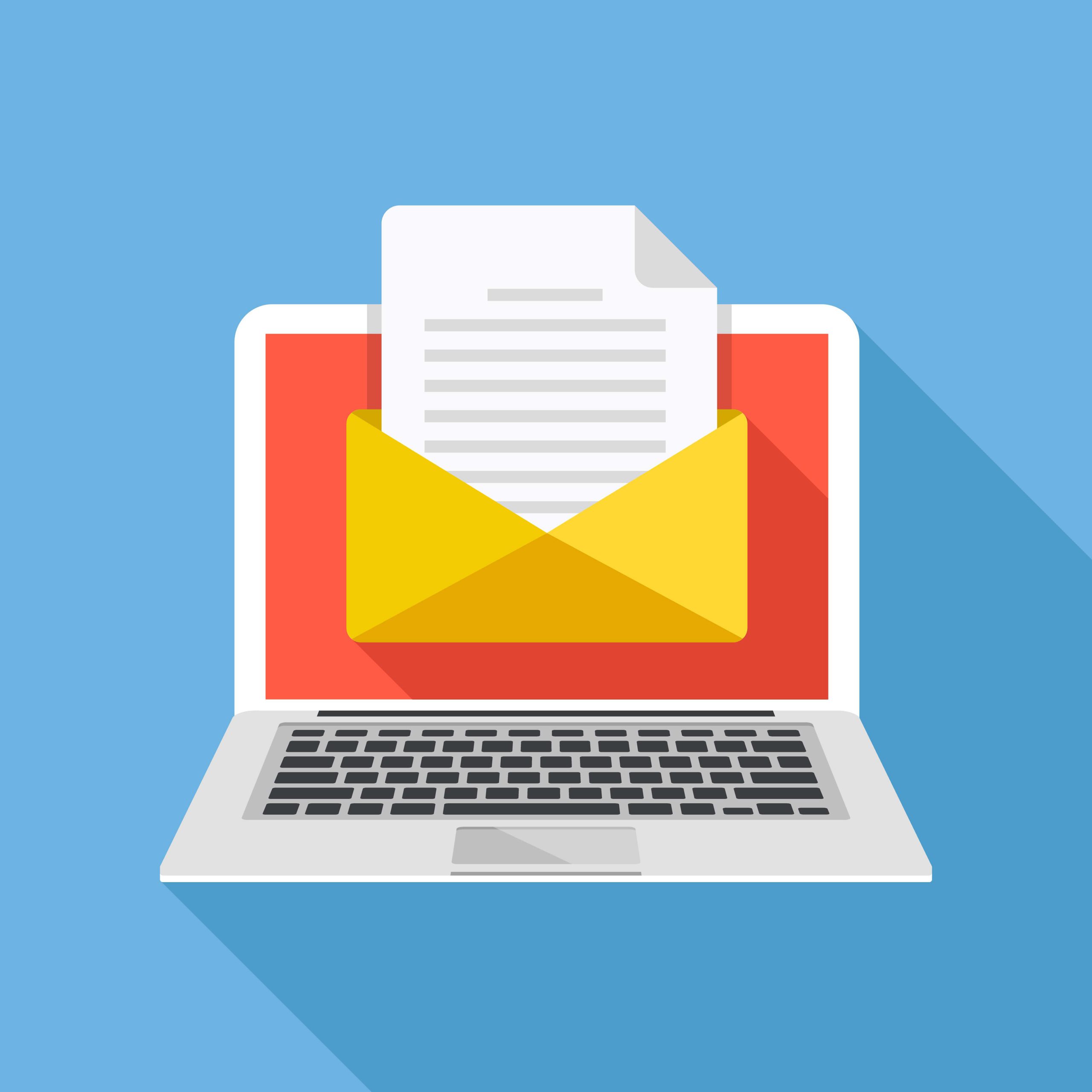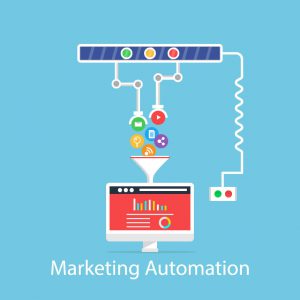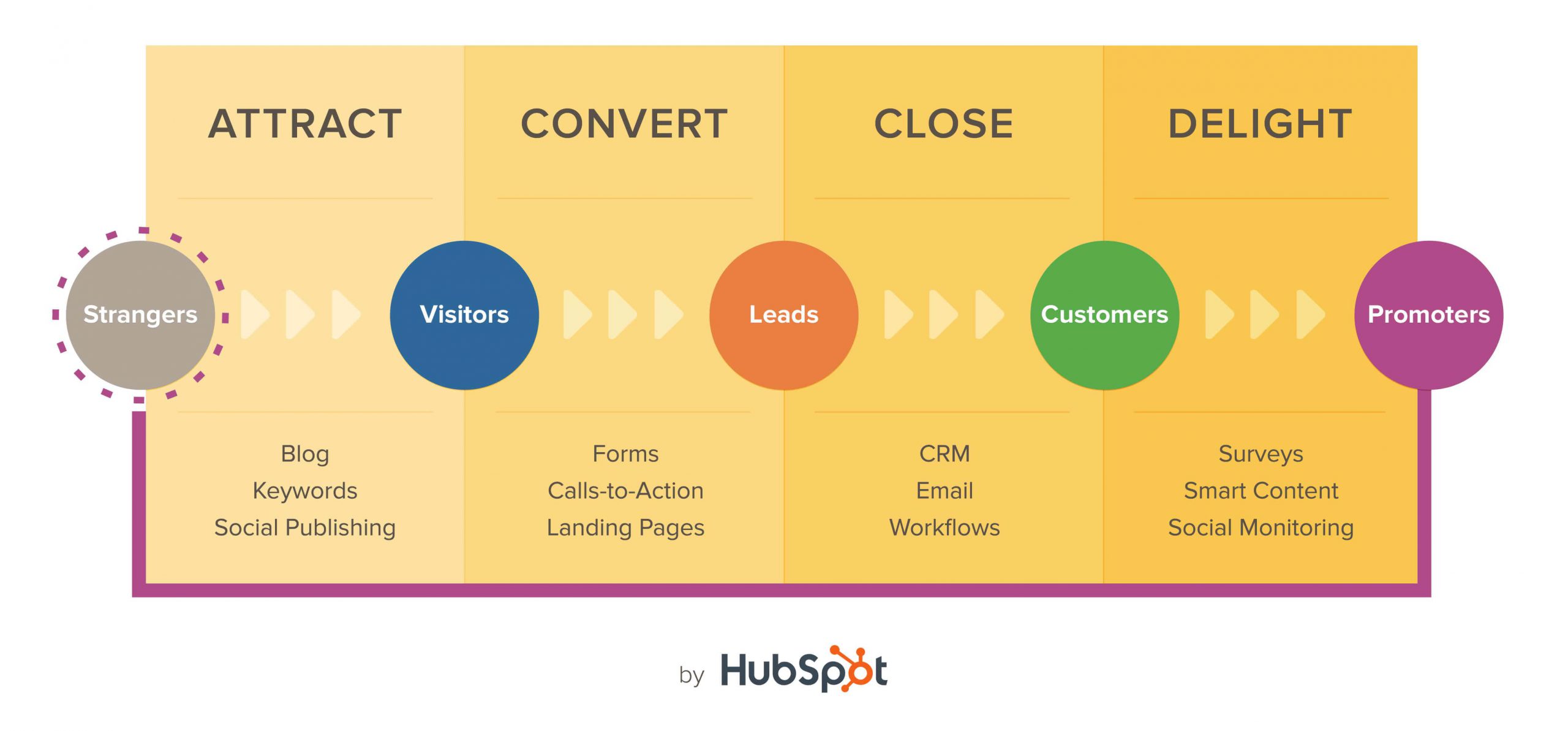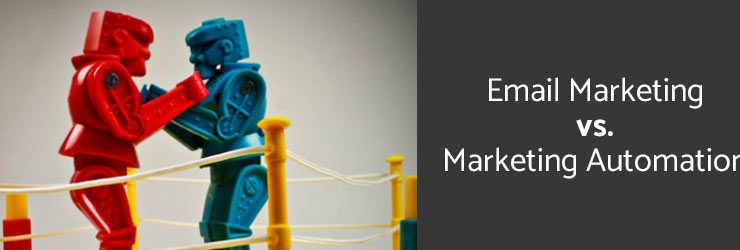When developing our marketing campaigns, we look to a variety of channels to assist us in driving and promoting our content. We also find ways to nurture leads through their journey properly. Email marketing and marketing automation have been very effective in helping us reach our goals and maintain long-lasting partnerships with our customers. However, it has taken some time to understand the differences between them and formulate a plan that incorporates both methods successfully.
If you’re having difficulty understanding the methodology between email marketing and marketing automation, let’s differentiate the two so you can create a marketing plan that works.
Understanding Email Marketing

Email marketing is a great promoting tool. It allows you to create content and schedule it at times that will assist in reaching your marketing goals. However, email marketing doesn’t place emphasis on lead nurturing.
The primary goal is to promote your content to a broad audience with the hopes of gaining click-throughs, open rates, and traffic.
Sending monthly newsletters, weekly blog posts, and promoting webinars are all examples of using email to drive your marketing.
How to Create Emails that Work
For emails to be impactful, you need to develop an effective email marketing plan. First and foremost, you need to know who you’re marketing to and why. The easiest way to know is by creating a buyer persona and conducting surveys and interviews with your customers.
Want a free template? Check out Hubspot’s Buyer Persona Template.
Once you’ve discovered what your target audience’s pain points are and how you can solve their problem, you need to consider creating engaging subject lines that tie into equally engaging emails. Your call-to-actions (CTA’s) should grab their attention and draw them to your website.
Also, consider making your emails personalized. Making the reader feel as if the email was created just for them. It makes them feel special.
Understanding Marketing Automation

Marketing automation focuses more on nurturing your leads and guiding them through their journey with the goal of having them convert. It also nurtures your current customers to assist with customer retention.
It’s a great way to enhance your current email marketing efforts and get better results.
Thank you emails, follow-up emails, and additional offers are examples of using marketing automation to improve your email marketing efforts.
How Does Marketing Automation Work?
To understand how marketing automation works, you must understand the journey of your current and potential customers. The goal is to attract them, lead them to you and convince them to work with you – all without sounding like a used car salesperson. If they’re already working with you, your goal is maintaining that relationship and convincing them to help you bring in more business through referrals and word-of-mouth.
Here’s Hubspot’s breakdown of the marketing automation funnel.

As you can see, it’s much more than sending emails. It’s creating engaging content to attract, convert and delight your customers. To make this happen, you’ll need to make sure you have a CRM, like Hubspot’s which is equipped to provide you with the proper tools to have an effective marketing automation campaign.
Marketing Automation 101
To start with marketing automation, you’ll need to develop a campaign based on your persona’s needs. Answer their questions by providing helpful content that will solve their problem and make their life easier. Once you’ve decided what you’re campaign is all about, you’ll want to start with the following.
-
-
Landing Page
-
Your landing page should be simple and to the point. You’re not selling your company you’re solving a problem. Be sure your headline is engaging and speaks to their pain points. Your copy should speak to the benefits of signing up or downloading your offer (how it will solve the problem) and convince them to take action (download, signup, etc.).
The landing page is not complete without a form and CTA. You’ll need a way of tracking and recording who’s interested in your offer.
-
-
Thank You Page
-
Your thank you page should obviously thank your audience for downloading or signing up for your offer. If you’re providing a content offer, be sure to include a direct link to the offer and options to share the content.
Don’t forget to provide additional content that may assist them with their problem and possibly provide another offer, such as a blog subscription or new eBook.
-
-
Thank You Email
-
Your thank you email should be sent as soon as someone has signed up for your offer. For this to happen, you’ll need a CRM or email tool that allows for automation. The email should also have a link to the offer and provide additional helpful content.
-
-
Follow Up Emails
-
To keep your audience engaged, be sure to create and send a series of emails to help them through the funnel. Perhaps you have a second offer they’d be interested in such as an Ebook or a Case Study. Again, the content should focus on them and their problem.
Offer your company a way to resolve the problem as you end your follow-up emails. You can provide a discount or another offer to convince them to call or contact you.
Your emails should be automated and appropriately timed. Sending too soon could turn potential leads off. With the proper CRM, you can create workflows to meet your needs.
As you can see, you need to know your audience if you want your lead nurturing to work. We always recommend having buyer personas before starting any campaign. Also, you’ll want to make sure you analyze and measure your emails and landing pages. We’re always monitoring what we do so we can fix what’s not working and build on what is. It’s a ton of work, but it will all pay off. Just stick with it.
